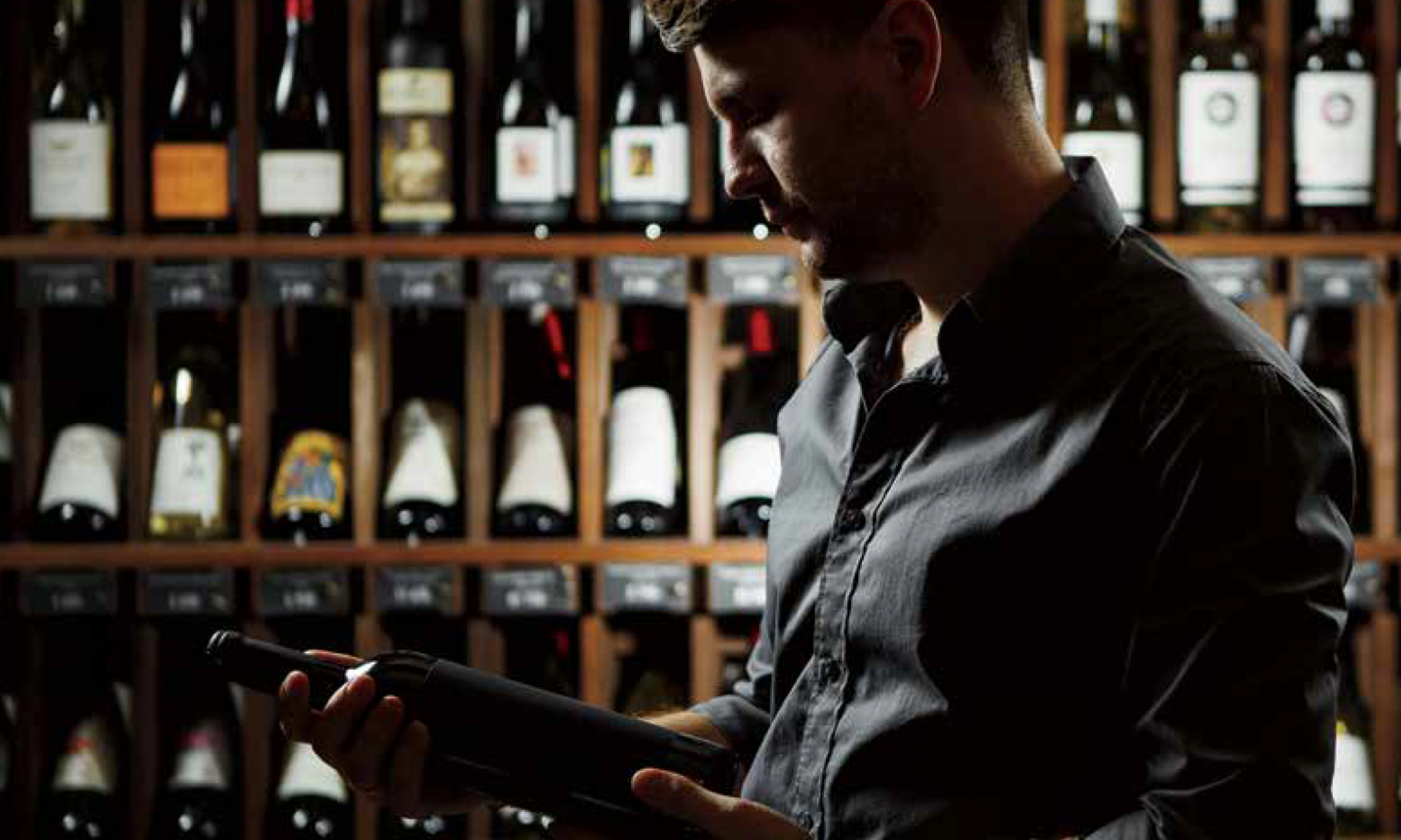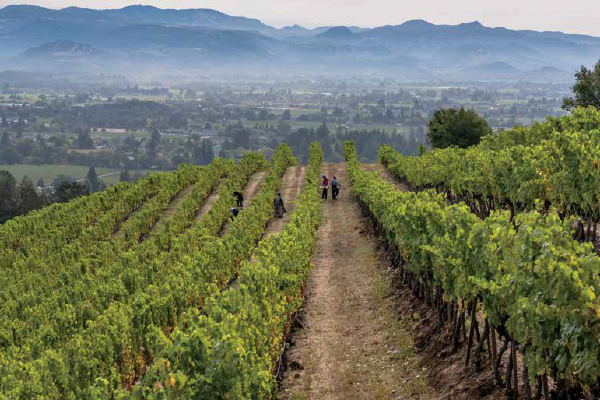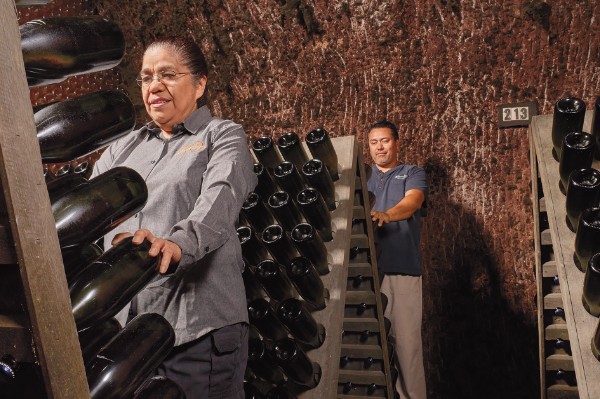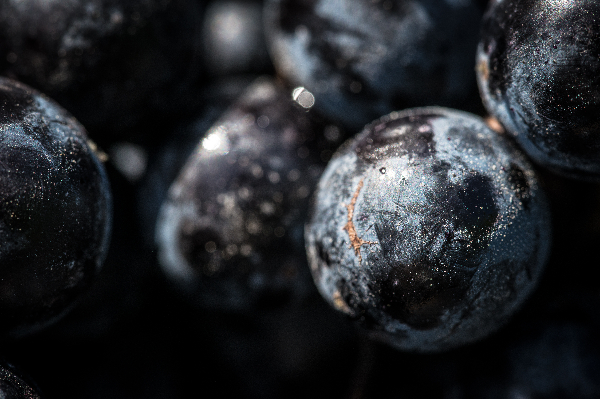Library wines don’t have anything to do with books, but Amanda McCrossin’s description of these 10-year-old and older wines makes them sound like great works of literature.
“They’re more developed and have more stories to tell,” says McCrossin, wine director of PRESS Napa Valley. And, in the same way that you might prepare to read a classic rather than a best-seller, she suggests adjusting your expectations—and your palate—as you explore the test of time.
“You might find an older wine to be earthier, more tea-like, not as robust,” she says. “It’s like the difference between a fresh jar of jam and something more savory, like an aged steak.”
To buy a bottle of library wine, go as close to the source as possible, to the winery if you can. Many retailers and restaurateurs also offer extensive library wine selections. Take a look at the color of the wine by shining a flashlight through the neck of the bottle when it is horizontal. A red wine should be red, not brown or murky. A white wine can be golden, but not brownish. Make sure there is no seepage around the cork.
Twenty-four to 36 hours before it’s time to open the wine, stand it up to let the sediment sink to the bottom. Proceed slowly with removing the cork. One opener often used for this purpose is a Durand, which will help keep the aged cork from splitting or crumbling. If cork goes into the wine, pour the wine through cheesecloth to strain it.
McCrossin says not to decant. Oxygen “will change a wine, for better or worse,” she says. If you trust yourself to make your own determination about decanting, pour a couple of ounces of wine into a glass, taste it and then leave it for a few hours, then taste it again. If you prefer it that way, then you’ll want to decant that wine in the future.
Napa Valley wines, particularly its legendary Cabernet Sauvignons, are of a quality that allows them to be aged for a decade or more. “Napa Valley has a reputation for producing wines that are age-worthy,” McCrossin says. “They have more nuances, and there can be a lot of layers.”

Articles & Media Gallery
The Art of Library Wines: Aged 10 years or more, these special wines have nuanced stories to tell.
Share



